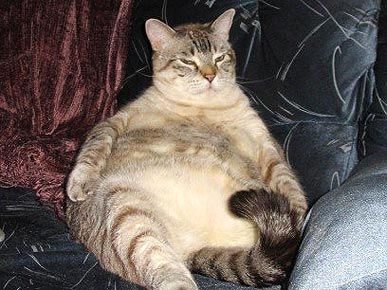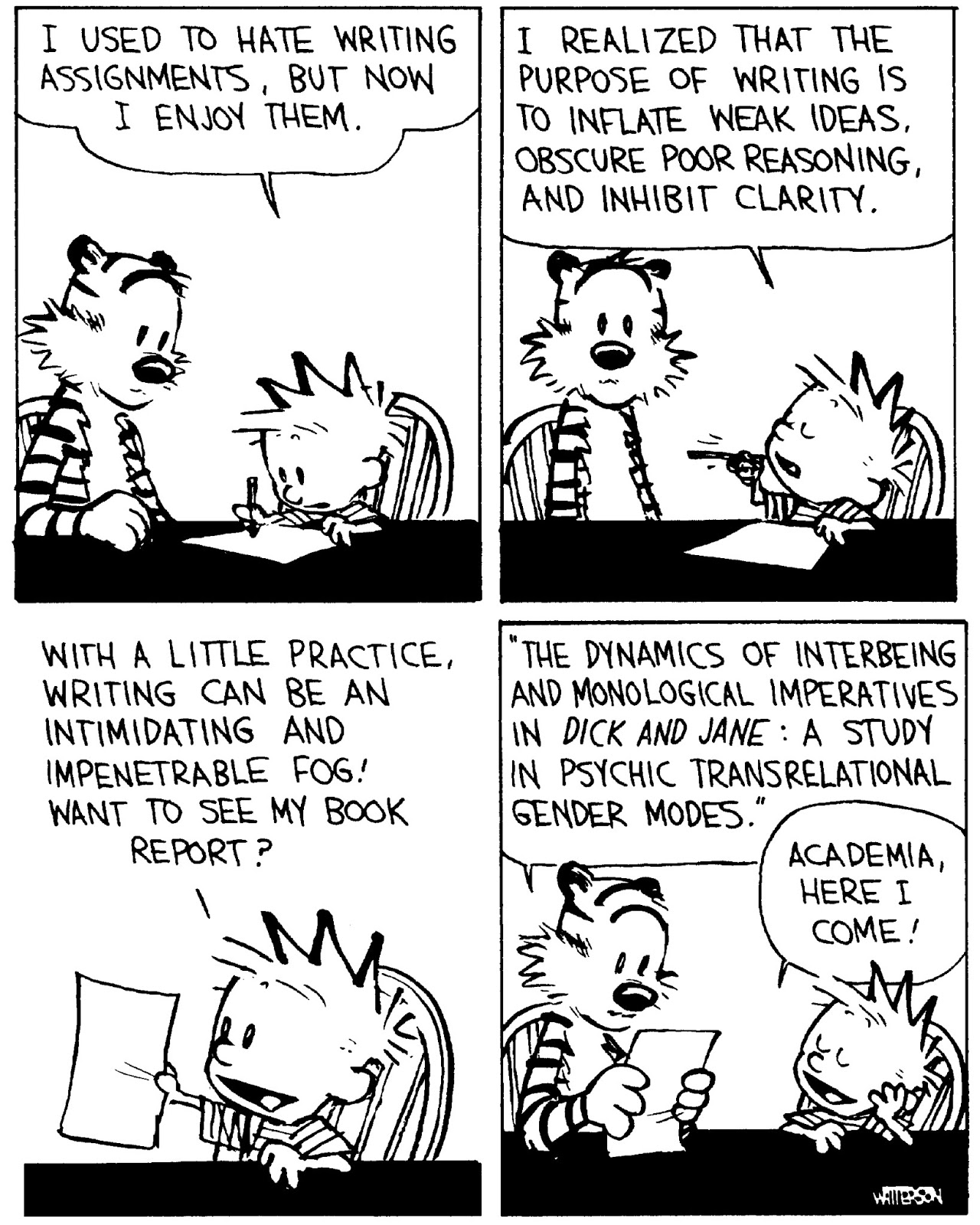Structure of the Trumpet by Yamaha
-
@Dr-Mark said in Structure of the Trumpet by Yamaha:
@Dr-GO said in Structure of the Trumpet by Yamaha:
Dr Mark PLEASE STOP the PERSONAL ATTACKS. Another administrator clean up on aisle 3.
Attacks? Nope, everything I said is true. You are a hospital employee who argues with the Yamaha Corp about trumpets.
Time for me to practice.That's over the line!
-
Toby, if you have been gone a week, maybe you didn't see why the poster has been banned. And let's not forget that such decisions are not always based on what we can read, but also by what we can't. That is, by private messages which may have also influenced the final result.
-
@Kehaulani said in Structure of the Trumpet by Yamaha:
Toby, if you have been gone a week, maybe you didn't see why the poster has been banned. And let's not forget that such decisions are not always based on what we can read, but also by what we can't. That is, by private messages which may have also influenced the final result.
That's what I'm looking for. I don't see anything in this thread and this is the end. It must have happened elsewhere. I see nothing in this thread other than two guys with differing views arguing. I've met and talked to Dr. Go personally and I have to say I'm perplexed to his banishment. Please enlighten me. BTW, I do not agree with Dr. Go and we've discussed but it never got to this level.
-
I'm still looking for a legit reason through the forum. If it was said in private and no ones life was threatened, then what is the justification? That's what I want to know. If we are not free to disagree, even vehemently, then there's no point to posting anything but "cat" pictures.

-
I, too had been gone for ten days, due to internet access difficulties, and this banned thing puzzles me.
-
This post is deleted! -
I find this to be a very unfortunate thread. And to the moderators/administrator I ask ... Is this site is better off having this thread?
Much of what we do when playing the trumpet is indiscernible, and as such, is open to interpretation. And much of the physics and physiology we reference is often anecdotal and unscientific. Because of this, there's very little value when some posts a link and declares it to be dogma.
We all dig in our heels from time to time, as was very evident in this thread. This is human nature, and is understandable. But this site needs moderators who know how to respectfully put out these fires, and not fan the flames. In addition this site needs an administrator who knows when to delete self-destructive threads that may cause irreparable harm.
Mike
-
@tmd Agreed!
You might find what Denis Wick said quite interesting
First of all, the teacher does what he does; he then tells the student what he thinks he does. The student then does what he thinks the teacher said. -
@Trumpetsplus said in Structure of the Trumpet by Yamaha:
@tmd Agreed!
You might find what Denis Wick said quite interesting
First of all, the teacher does what he does; he then tells the student what he thinks he does. The student then does what he thinks the teacher said.Great quote.
Mike
-
@Trumpetsplus said in Structure of the Trumpet by Yamaha:
@tmd Agreed!
You might find what Denis Wick said quite interesting
First of all, the teacher does what he does; he then tells the student what he thinks he does. The student then does what he thinks the teacher said.This definitely seems to be the case.
Also, I can see the news headlines now...
Disturbing Yamaha Thread Brings TrumpetBoards to its Knees!
-
@administrator said in Structure of the Trumpet by Yamaha:
Also, I can see the news headlines now...
Disturbing Yamaha Thread Brings TrumpetBoards to its Knees!
I hope not. Disagreements are human nature. What sets us apart is how we resolve them.
Mike
-
I remember the Buzz/Phooey discussion at TrumpetMaster. It went nowhere fast.
The lips open and close like a valve at a rate related to the length of the trumpet. Each fingering has multiple notes based on the wavelength being played. The pedal note is one wavelength in the instrument. Low C is 2 wavelengths, G is 3 wavelengths, third space C is 4 wavelengths. This continues until our lips are no longer able to open and close - due to pressure, tension or lack of being supple.
I consider the buzz or alternate start of lip vibration to be an insignificant semantic argument with no redeeming value. We are talking about the same thing: ignition of the lips, initialization of the vibrating mode. Regardless if one calls it Phooey or a buzz, fact is, we blow air through the lips with a certain amount of lip tension and they resonate. This blow can be a relaxed exhale to a forceful expulsion of air. Articulation comes later when we modify the start to "speak". To speak a "phoo or foo" we would need our lower teeth on the upper lip prior to ignition. That certainly does not line up with most embouchures - especially considering that most have an overbite (upper teeth in front of lower teeth). Perhaps for players with an underbite (upper teeth behind the lower teeth) phoo would be what at least they "think" that they are doing. Considering that ignition needs freely vibrating lips, beyond the exhale, it really does not matter.
Some players have trouble with a free buzz. That is in most cases insignificant as we always play trumpet through a mouthpiece. Some players have trouble with a buzz through a mouthpiece. This is also in many cases insignificant as we rely on the resonances of the horn to modulate and stabilize pitch. Some like buzzing free, on the mouthpiece or with some resonance enhancing scheme (leadpipe or P.E.T.E). Good for them. It never helped my playing and I never taught it. I certainly would not criticize another teacher with good experience in buzzing however-as long as the player is getting a well balanced routine every day.
I found the arguments at TrumpetMaster regarding this to be little more than annoying as the real issues of getting the sound started are masked in senseless arguing.
If we can't get our semantics to line up, then beating a dead horse is not productive. Let us just talk about ignition instead.
As far as Yamahas claim to deeper cups being more mellow, science backs this up. The more cup volume, the more it acts like a low pass acoustical filter - reducing upper harmonics (compared to a cup with less volume). Less harmonics is a "darker/more mellow" sound.
The throat/backbore indeed also has great effect on sound and intonation as well as efficiency. That has nothing to do with Yamahas claims at the mentioned website.
We should never forget that the target audience determines the semantics. The casual reader really could care less and at least gets some valid pre-chewed recommendations. As they advance in perception and capability, they go elsewhere for mor detailed info.
-
@ROWUK said in Structure of the Trumpet by Yamaha:
I consider the buzz or alternate start of lip vibration to be an insignificant semantic argument with no redeeming value. We are talking about the same thing: ignition of the lips, initialization of the vibrating mode.
Let me start with the second comment first. Agreed, both are just methods of ignition to energizing the air withing the horn.
My response to the first comment I do not feel the method of lip vibration is insignificant when it comes to is an efficiency component that does differ among various methods used in vibrating the lips. When an individual plays demanding performances, efficiency does matter, don't you think?
-
-
@ Rowuk, I guess this is totally the wrong thread on which to be pedantic and point out that pedal C on a trumpet is resonating at a half wavelength (of the horn). It is relevant to how a trumpet works.
-
@Dr-GO said in Structure of the Trumpet by Yamaha:
My response to the first comment I do not feel the method of lip vibration is insignificant when it comes to is an efficiency component that does differ among various methods used in vibrating the lips.
Can someone put this in other words, please? I have no idea what it means. Thanks.
-

-
Watterson was/is an absolute genius. Thanks for that post Ivan!
Sorry, back on topic.
-
@tjcombo said in Structure of the Trumpet by Yamaha:
@ Rowuk, I guess this is totally the wrong thread on which to be pedantic and point out that pedal C on a trumpet is resonating at a half wavelength (of the horn). It is relevant to how a trumpet works.
A small hint - it is resonating at the whole wavelength but because of the strength of the first overtone (due to the horn function of the too small bell) we hear the overtone - not the fundemental. If one end were closed like on Gedackt organ pipes, then the wavelength would fold. Get a spectrum analyser out and see what frequencies are present. I have been there and done that
-
@Kehaulani said in Structure of the Trumpet by Yamaha:
@Dr-GO said in Structure of the Trumpet by Yamaha:
My response to the first comment I do not feel the method of lip vibration is insignificant when it comes to is an efficiency component that does differ among various methods used in vibrating the lips.
Can someone put this in other words, please? I have no idea what it means. Thanks.
Kehaulani, refer to tj's post 16. I will repeat the link here for ease.
Youtube VideoGreg Spence describes this in another prospective. The key point is at 2:42 where he states: Restriction of the acoustical perspectives of the lead pipe that creates a feedback of the pressure that sets the lip into vibration.
This is the idea I have in mind in the comment you quoted. What ever embouchure technique is used at the mouthpiece end, and I agree we should be well past this by now, it is the resistance transmitted by the lead pipe that is felt by the human physical component (the lips). So in the Yamaha trumpet series, the ongoing discussion as to the components of the trumpet the help relieve this resistance are also important. This is a direction that I believe Rowuk can lead the discussion as he is very knowledgeable as to horn structure.
Kahaulani, does this video help? Thanks for your ongoing attempt to try to understand.
